Charles Quest-Ritson: Why every gardener in Britain should be growing philadelphus
Charles Quest-Ritson's list of flowers that every garden should own includes the usual names — rose, daffodil, clematis. But he'd also add the less-well-known philadelphus. Here's why.
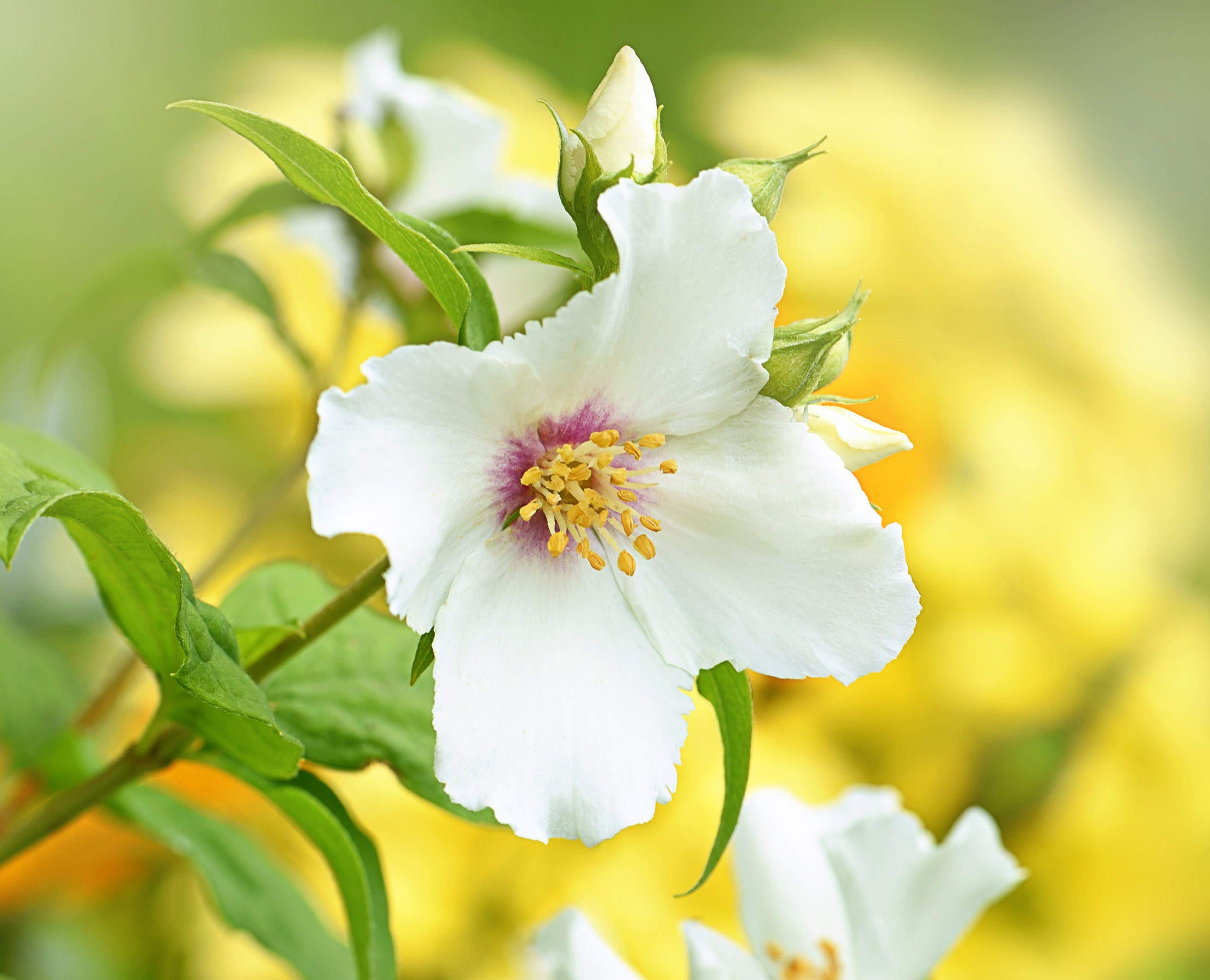
Some plants are indispensable — roses, daffodils and clematis, for example — to which I would add philadelphus, those gorgeous sweet-scented beauties that many call mock orange or syringa. Every garden should have at least one of them, preferably several. There are lots to choose from and Country Life readers with broad acres to fill would do well to plant them by the score.
It’s the flowers for which you grow philadelphus, their brilliant whiteness and their wonderfully sweet scent. Stripped of their leaves and placed in a vase, they catch the eye and delight the nose.
Experts cannot decide which has the strongest scent. Belle Etoile and Mexican Jewel are popular contenders, but others declare that Philadelphus purpurascens or P. microphyllus have a fragrance that is stronger than any other. The perception of scent is always subjective, however, and many philadelphus species deemed to be lightly scented actually carry a fragrance strong enough to make you notice them.
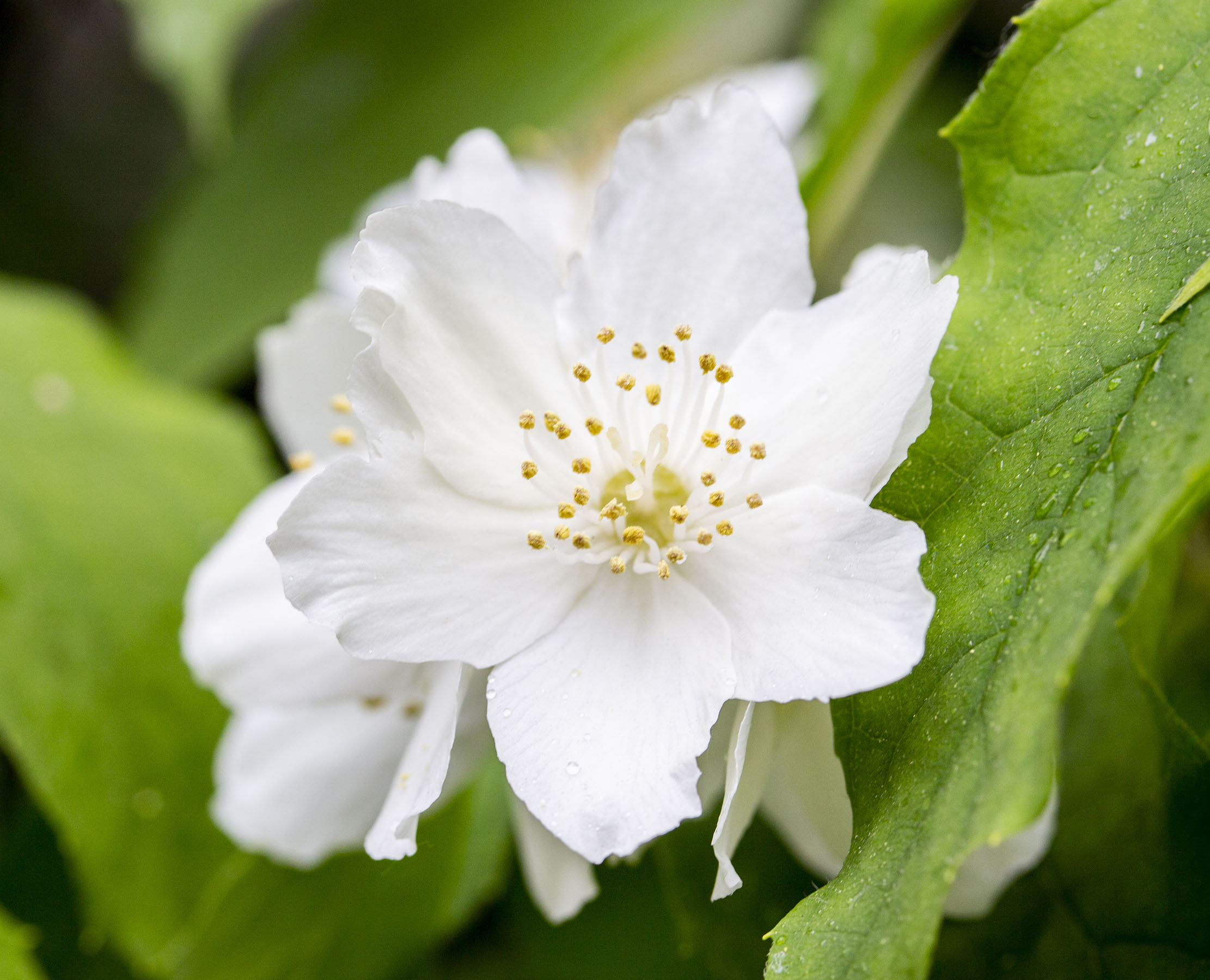
Think of our native European P. coronarius — 12ft of twigginess whose main quality is its indestructibility. You see it in suburban parks, unloved and uncared for. Yet, when it flowers in high summer, there is nothing that adds more pleasure to a walk in town or country. It’s the scent that does it — a scent that carries in the air and assails you when you least expect it.
Philadelphus are the easiest of shrubs to grow: stick them in any sunny spot and they will never complain. They are good growers, difficult to kill, and relatively free from the attacks of insects. They flower freely year after year. And they’re one of the few shrubs — lilacs are another — that are hardy anywhere in Central and Eastern Europe: what’s good enough for the Carpathians is good enough for the Cairngorms.
The pundits say that the only thing you have to do is prune them hard after they have flowered. Otherwise, they get too big and coarse. But pruning is not compulsory — I never get round to it — and actually all shrubs, without exception, will perform perfectly well without pruning of any sort. In fact, I quite like shrubs that are big and coarse. They are ‘good do-ers’.
If you grow lots of different philadelphus — I have about 20 — you can enjoy them for three or four months. In my own garden, the first to flower, in April, is a form of P. satsumi, which I bought from a Dutch nursery, and the last is P. insignis, four months later.
Sign up for the Country Life Newsletter
Exquisite houses, the beauty of Nature, and how to get the most from your life, straight to your inbox.
Good double forms were first bred in earnest by the French nurseryman Victor Lemoine in the 1880s. Best known is Virginal, proof that double-flowered plants are often no less fragrant than the singles. It’s a bit of a thug however — up to 10ft high and a bulky 8ft across.
In a small garden, plants have to work harder to pay the rent. P. microphyllus, which rarely grows more than 3ft tall, has slender stems, and leaves and flowers smaller than those of any philadelphus in cultivation. I find that its hybrid, the small, dainty, sweet-scented Manteau d’Hermine, is invaluable when planted among shrubs such as David Austin’s roses.
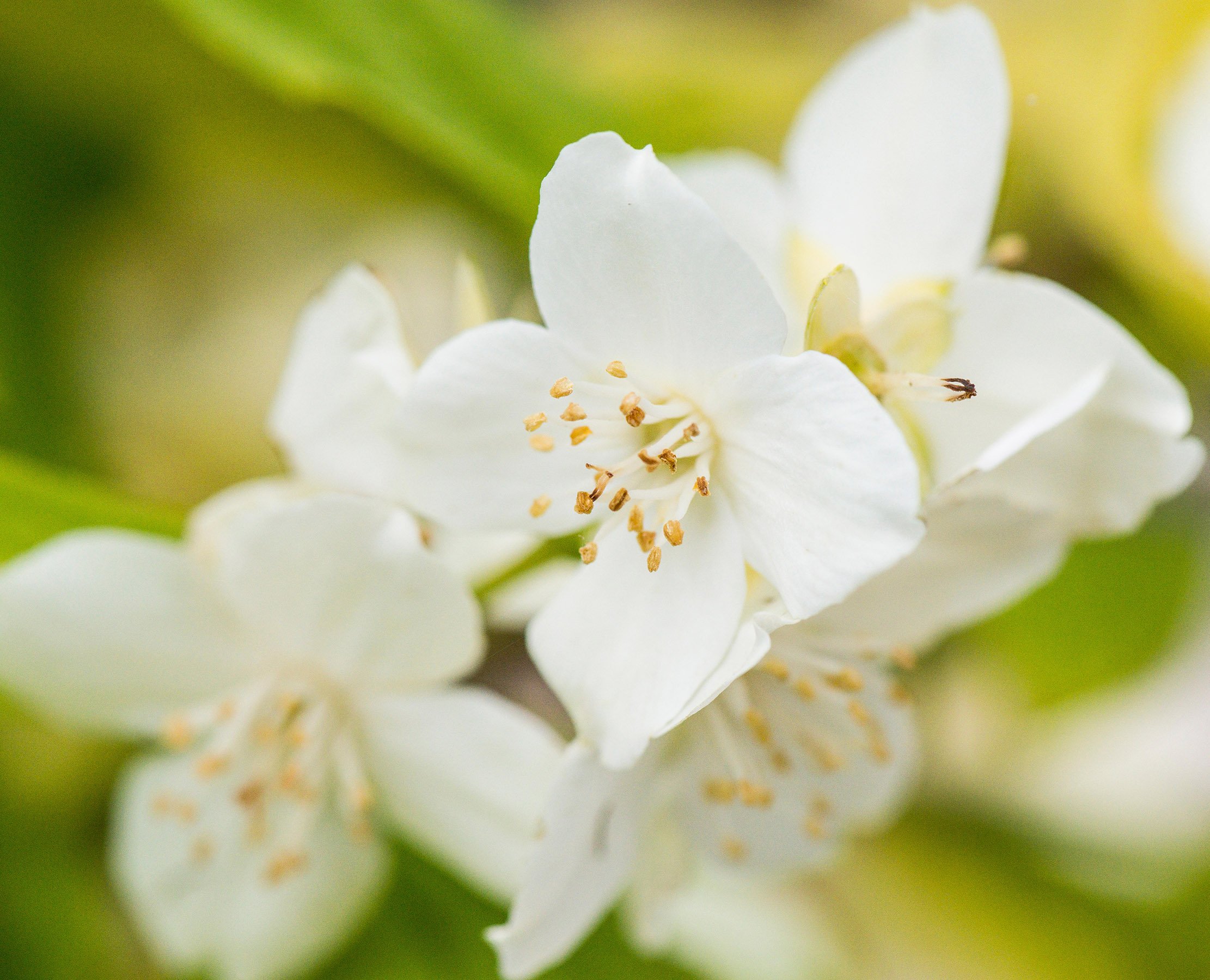
There is no denying that all philadelphus are one of our most boring garden plants for 11 months of the year when they are not actually in flower, as are many popular shrubs and trees, including Japanese cherries.
The answer is to run a climber up them that will be grateful for the support and give you another season of interest. Early- and late-flowering clematis are my favourites: forms and hybrids of C. alpina and C. macropetala in spring, and any of the Viticellas in late summer and autumn. The choice is enormous. Or you can plant your philadelphus at the back of a border and fill the foreground with tall-growing, late-flowering perennials.
This is what Josh Egan-Wyer does with the National Collection of Philadelphus that he curates at Pershore College in Worcestershire. He says that ‘big brutes such as Burfordiensis would scare off most gardeners’ and recommends Sybille, seldom more than 4ft high.
He also praises the red-stemmed P. lewisii Waterton. It’s a recent introduction from the US, ‘so very floriferous, mound-forming and only 5ft or so high’. American plant-breeders realise that much more could be done to improve the philadelphus we grow in our gardens: larger flowers, pretty double shapes, even stronger scent, repeat flowering, longer flowering and variegated foliage. Watch this space.
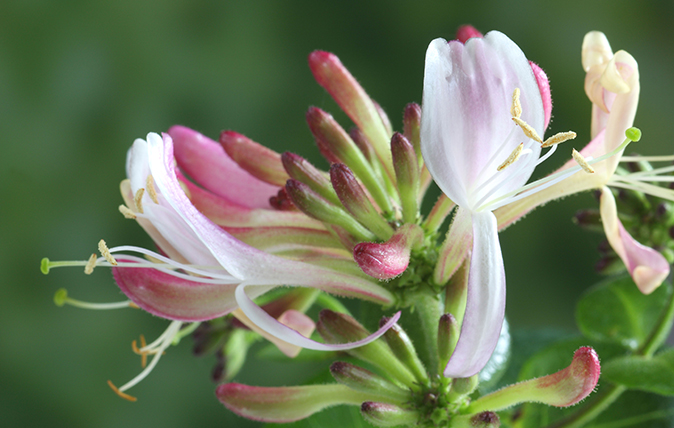
The best honeysuckle to grow in your garden – especially if they’re gifts from now-departed friends
Charles Quest-Ritson extols the virtues of delightful honeysuckle.

Charles Quest-Ritson: What English country gardeners can learn from their German counterparts
Charles Quest-Ritson has spent years making trips to Germany to gather ideas and new plants — but is puzzled that nobody
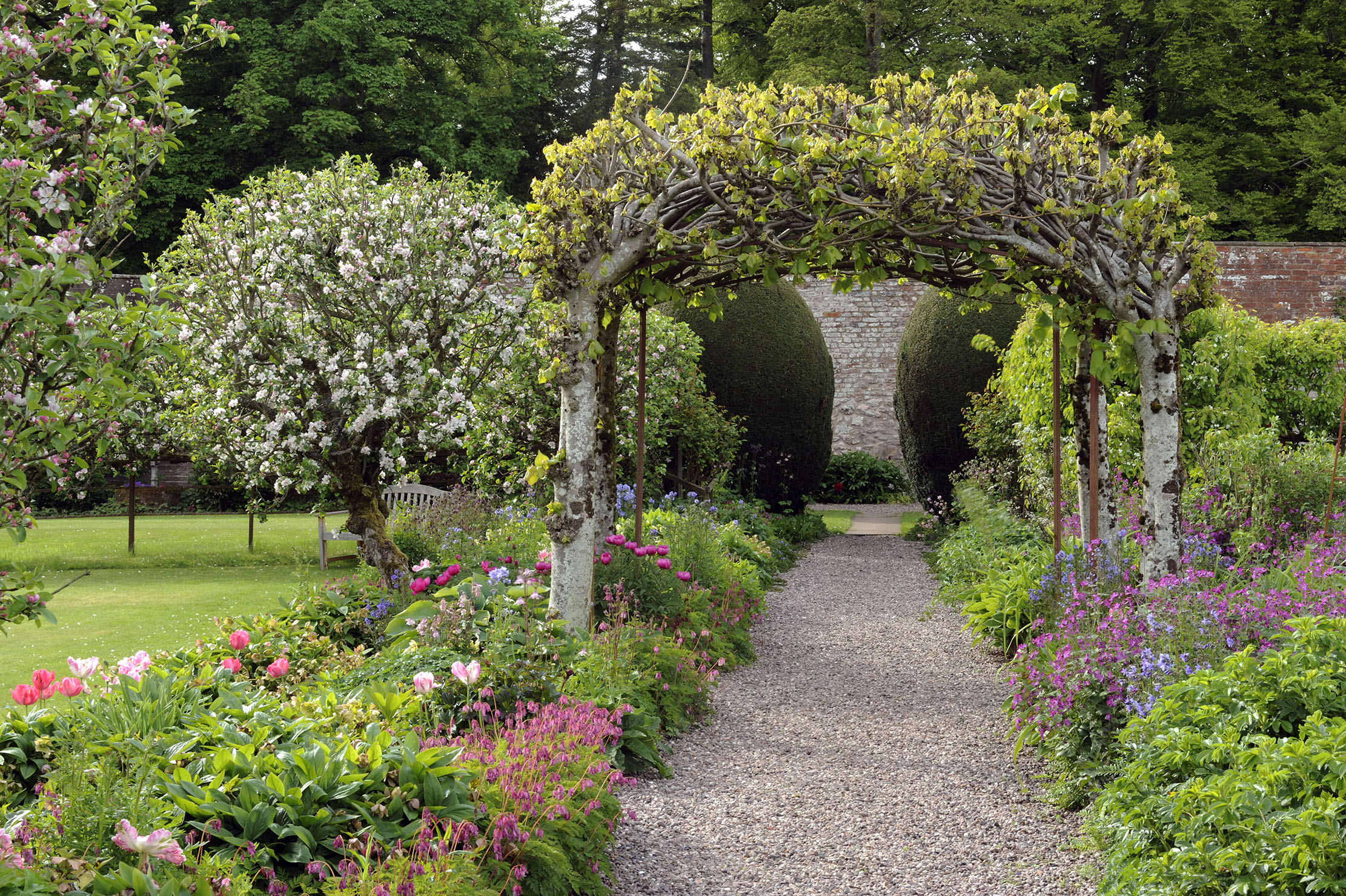
Credit: Val Corbett for the Country Life Picture Libary
Charles Quest-Ritson: Moving back to an English country garden has been a joy — but we do miss the cheese
Giving up life on the Cherbourg peninsula to return to England has brought huge happiness to Charles Quest-Ritson — but
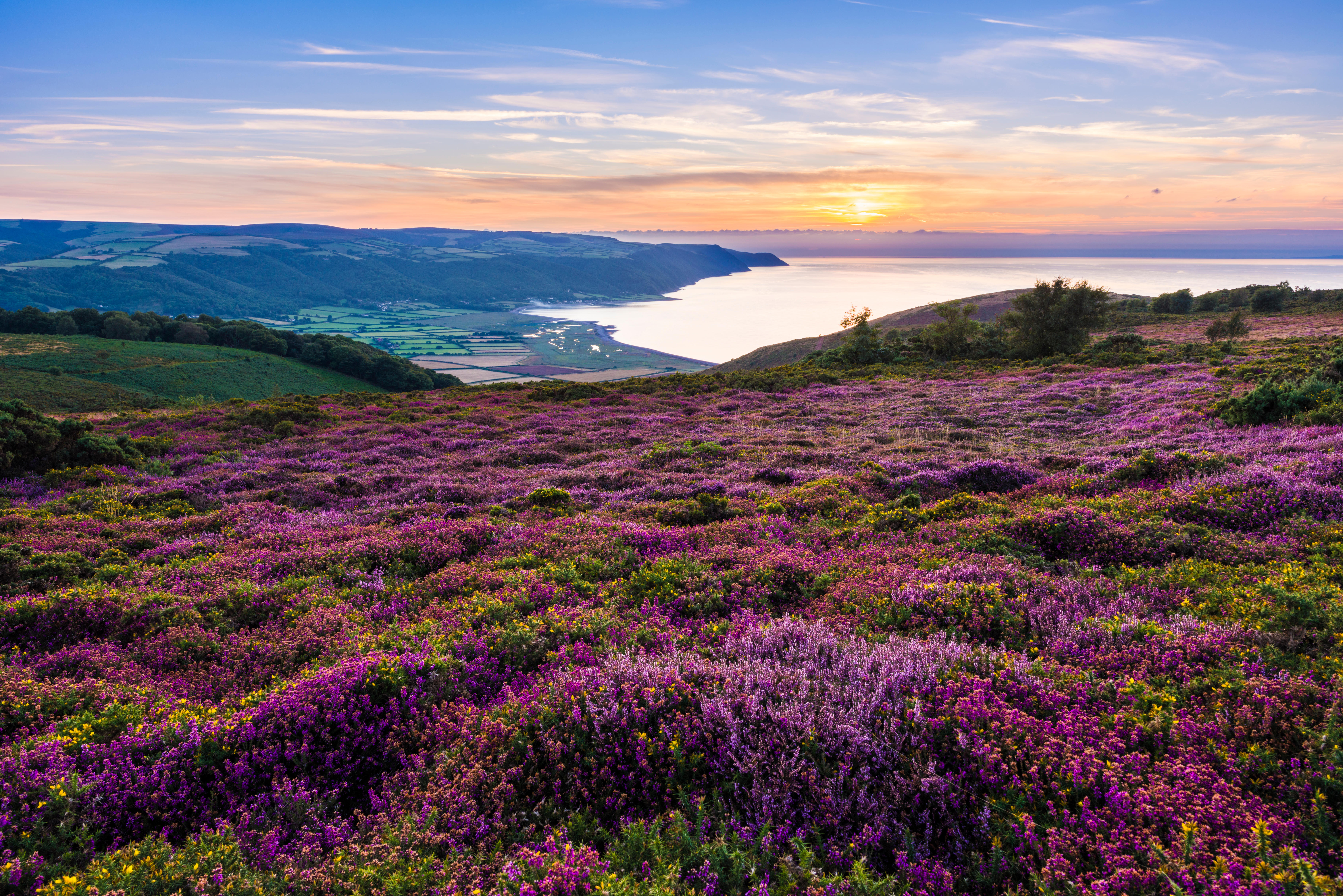
Credit: Alamy
A moorland splashed with heather makes our hearts leap — so why don't we grow it any more?
Charles Quest-Ritson looks at how heather has gone out of fashion — and wonders what we can do about it.
Charles Quest-Ritson is a historian and writer about plants and gardens. His books include The English Garden: A Social History; Gardens of Europe; and Ninfa: The Most Romantic Garden in the World. He is a great enthusiast for roses — he wrote the RHS Encyclopedia of Roses jointly with his wife Brigid and spent five years writing his definitive Climbing Roses of the World (descriptions of 1,6oo varieties!). Food is another passion: he was the first Englishman to qualify as an olive oil taster in accordance with EU norms. He has lectured in five languages and in all six continents except Antarctica, where he missed his chance when his son-on-law was Governor of the Falkland Islands.
-
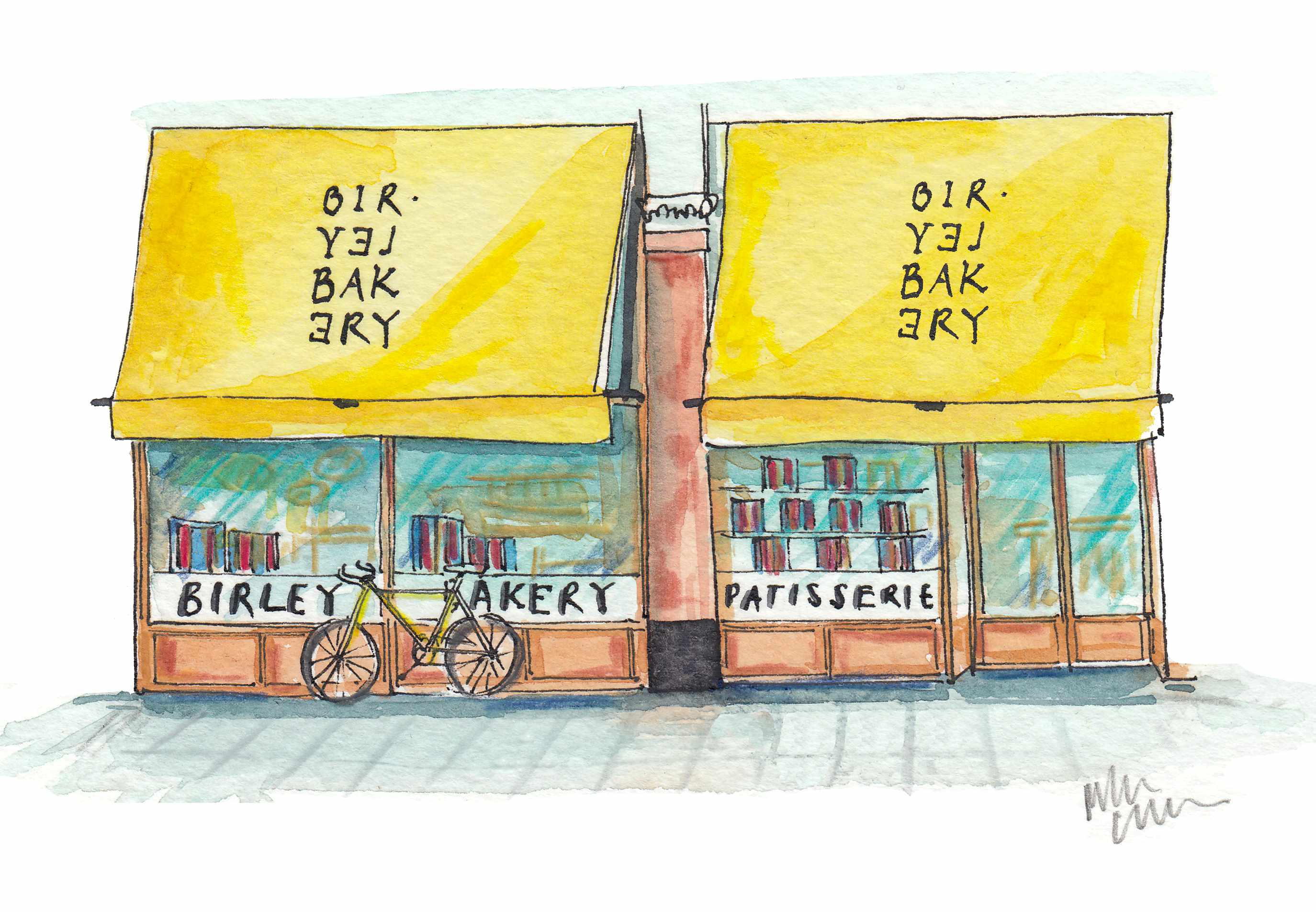 'That’s the real recipe for creating emotion': Birley Bakery's Vincent Zanardi's consuming passions
'That’s the real recipe for creating emotion': Birley Bakery's Vincent Zanardi's consuming passionsVincent Zanardi reveals the present from his grandfather that he'd never sell and his most memorable meal.
By Rosie Paterson
-
 The Business Class product that spawned a generation of knock-offs: What it’s like to fly in Qatar Airways’ Qsuite cabin
The Business Class product that spawned a generation of knock-offs: What it’s like to fly in Qatar Airways’ Qsuite cabinQatar Airways’ Qsuite cabin has been setting the standard for Business Class travel since it was introduced in 2017.
By Rosie Paterson